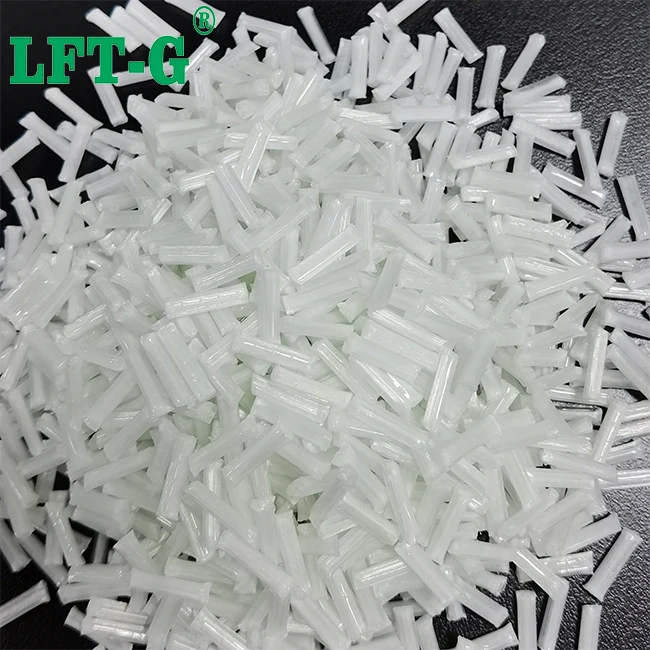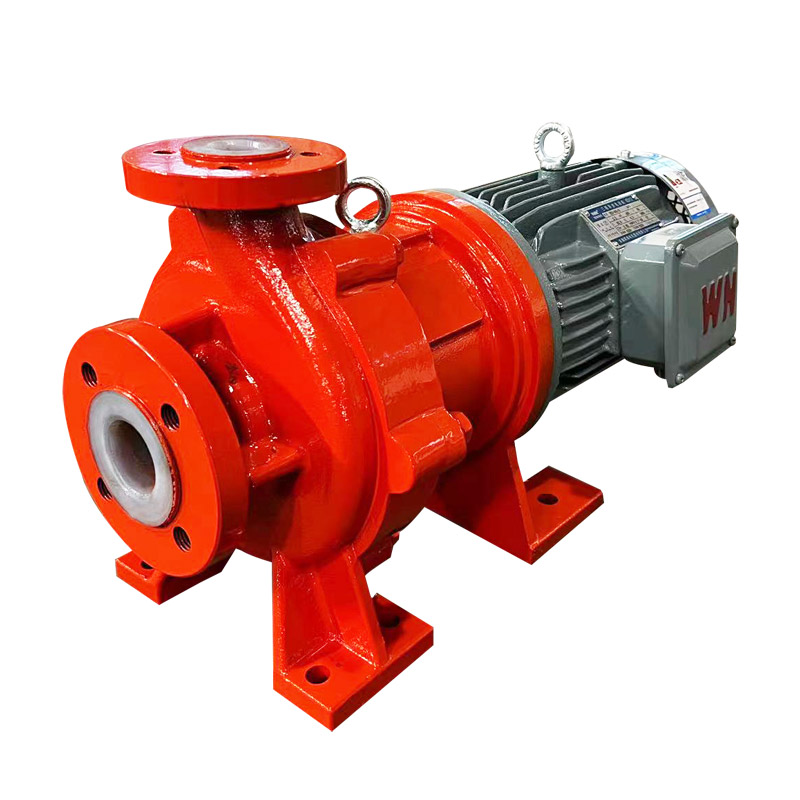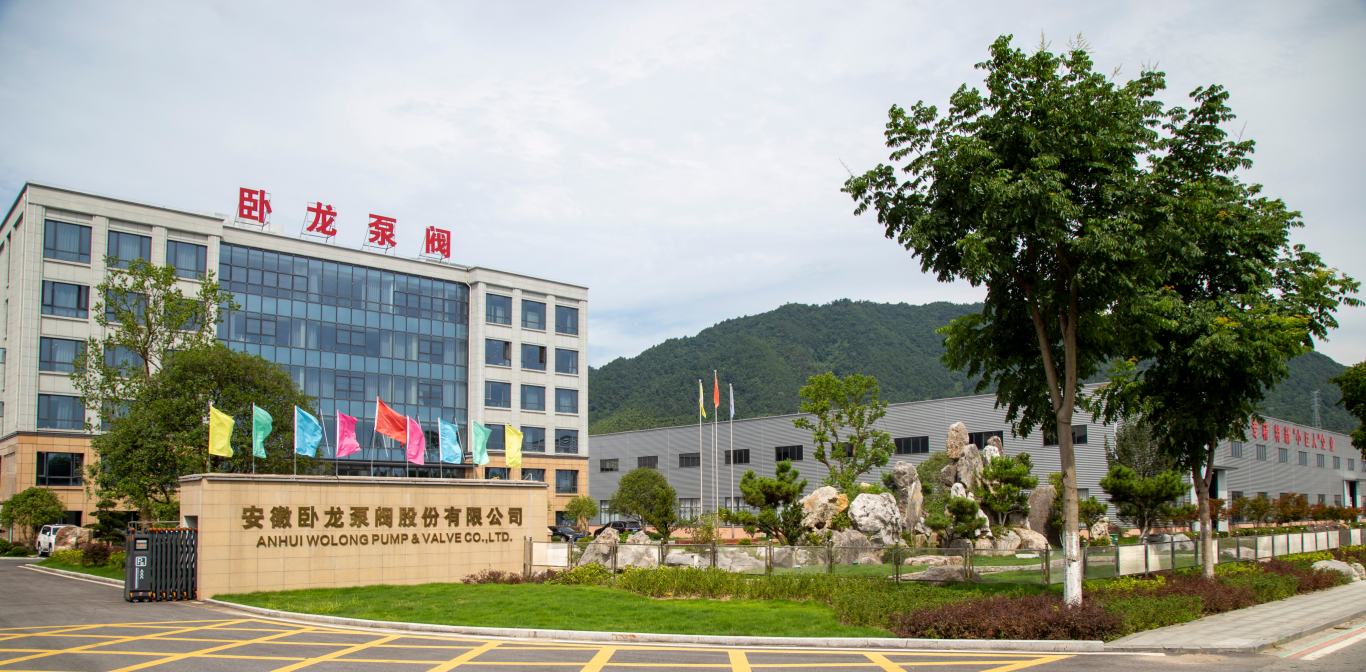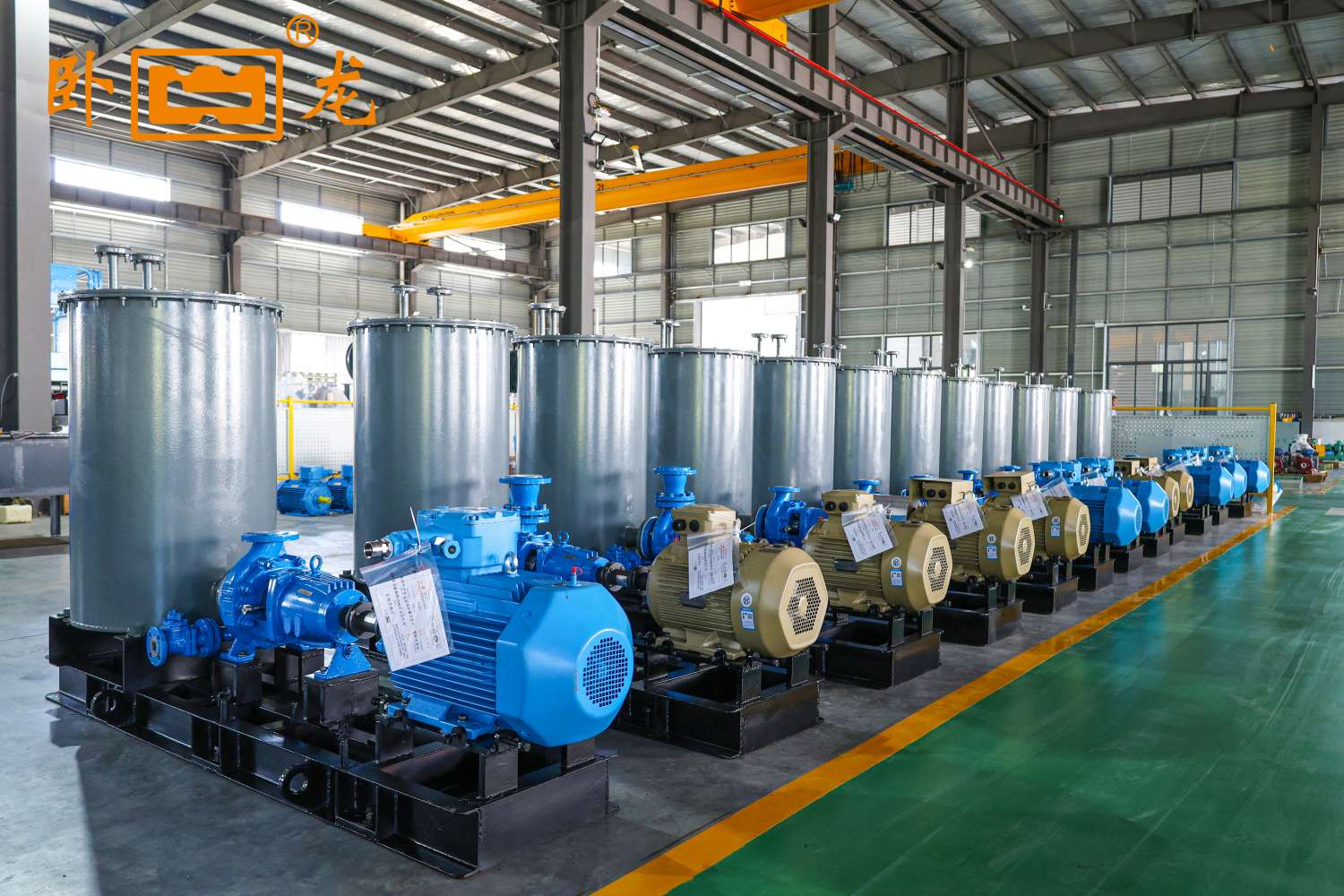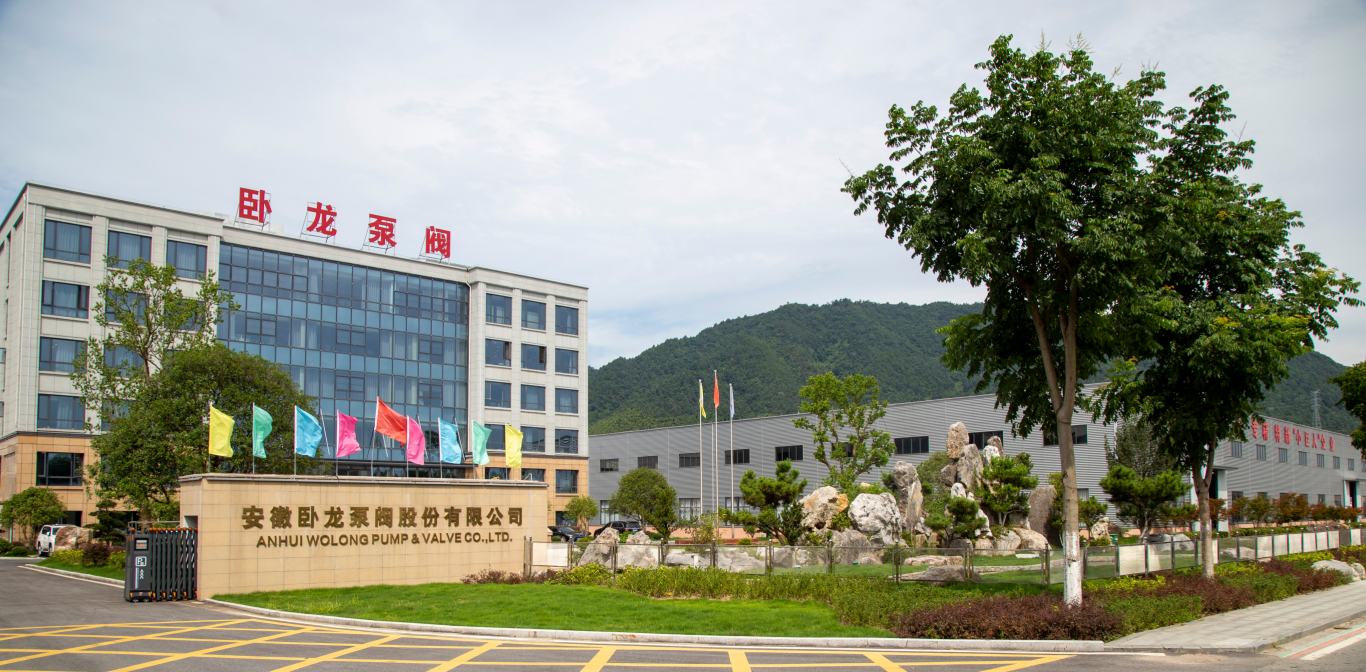Overview
Composite material repair refers to the technology of restoring the mechanical properties, structural integrity, and functional performance of composite components (such as carbon fiber reinforced composites and glass fiber reinforced composites) that have been damaged during use or processing (e.g., cracks, delamination, holes, wear). With advantages such as high specific strength and excellent corrosion resistance, composites are widely applied in aerospace, automotive, marine, wind energy, and other industries. Repair technologies are therefore critical to ensuring the safe and reliable operation of equipment.
I. Types of Damage in Composite Materials
Surface damage: scratches, abrasion, coating loss; mainly affecting appearance and surface protection.
Internal damage: delamination, debonding, micro-cracks; often hidden but significantly reducing structural strength.
Penetrating damage: holes, fractures; directly compromising structural integrity, requiring urgent repair.
Impact damage: dents or fiber breakage caused by foreign object strikes, often accompanied by delamination.
II. Basic Repair Process
Damage Inspection & Evaluation
1. Techniques: visual inspection, ultrasonic testing, X-ray, infrared thermography.
2. Assess the severity and determine repair necessity and level.
Pre-treatment of Damaged Area
1. Remove damaged material by grinding, cutting, or laser removal.
2. Surface treatment: sanding, cleaning (oil/dust removal), chemical treatment (e.g., coupling agent application) to improve adhesion.
Preparation & Placement of Repair Materials
1. Select based on original material performance (strength, stiffness, temperature resistance).
2. Common choices: prepreg, resin-based composites, adhesives.
3. Apply materials according to designed layup orientation and thickness to ensure structural consistency.
Curing & Forming
1. Heat and pressure (vacuum bagging, autoclave, etc.) to cure resin and achieve strong bonding.
2.Strict control of temperature, pressure, and time is essential for repair quality.
Post-treatment & Inspection
1. Grinding and finishing to restore surface smoothness and original contour.
2. Verification by ultrasonic, visual, or mechanical tests (tensile, bending) to ensure no delamination, voids, or defects.
III. Common Repair Methods
Bonded Repair
1. Uses adhesives to bond repair patches (e.g., prepreg laminates) to damaged areas.
2. Advantages: no drilling, minimal damage to original structure, good fatigue resistance.
3. Applications: aircraft skins, wind turbine blades.
Mechanical Fastening Repair
1. Bolts, rivets, or fasteners connect repair parts to the structure.
2. Advantages: simple, suitable for emergency repairs, replaceable.
3. Limitations: drilling introduces stress concentration, increases weight.
4. Applications: marine decks, temporary repairs.
Injection Repair
1. Low-viscosity resin injected into cracks or delaminations to restore integrity.
2. Advantages: minimal material removal, suitable for micro-cracks and internal damage.
3. Limitations: not effective for large-area damage.
4. Applications: honeycomb cores, internal cracks.
Thermoplastic Composite Repair
1. For thermoplastic composites (e.g., PEEK, PP), heat is used to melt and fuse the repair material with the base material.
2. Advantages: re-heatable, environmentally friendly, cost-effective for mass repair.
IV. Key Considerations
Material Matching: Mechanical and chemical compatibility of repair material with the original.
Stress Transfer: Uniform load transfer between repaired area and base structure.
Process Control: Accurate control of curing parameters and surface preparation quality.
Non-destructive Testing: Essential both before and after repair (e.g., ultrasonic, CT scan).
V. Applications & Challenges
Applications: aerospace (aircraft structures, satellite parts), renewable energy (wind blades, solar supports), transportation (automotive, high-speed rail), sports equipment (rackets, bicycle frames).
Challenges: repairing complex shapes, ensuring structural consistency and long-term reliability (aging, fatigue), and achieving automation (robotic grinding, automated fiber placement).
VI. Development Trends
The future of composite repair lies in integrating intelligent inspection (AI-based damage detection), automated processes (e.g., 3D-printed repair materials), and high-performance solutions (nano-enhanced resins, self-healing composites) to achieve safer, more efficient, and more reliable repair outcomes.

